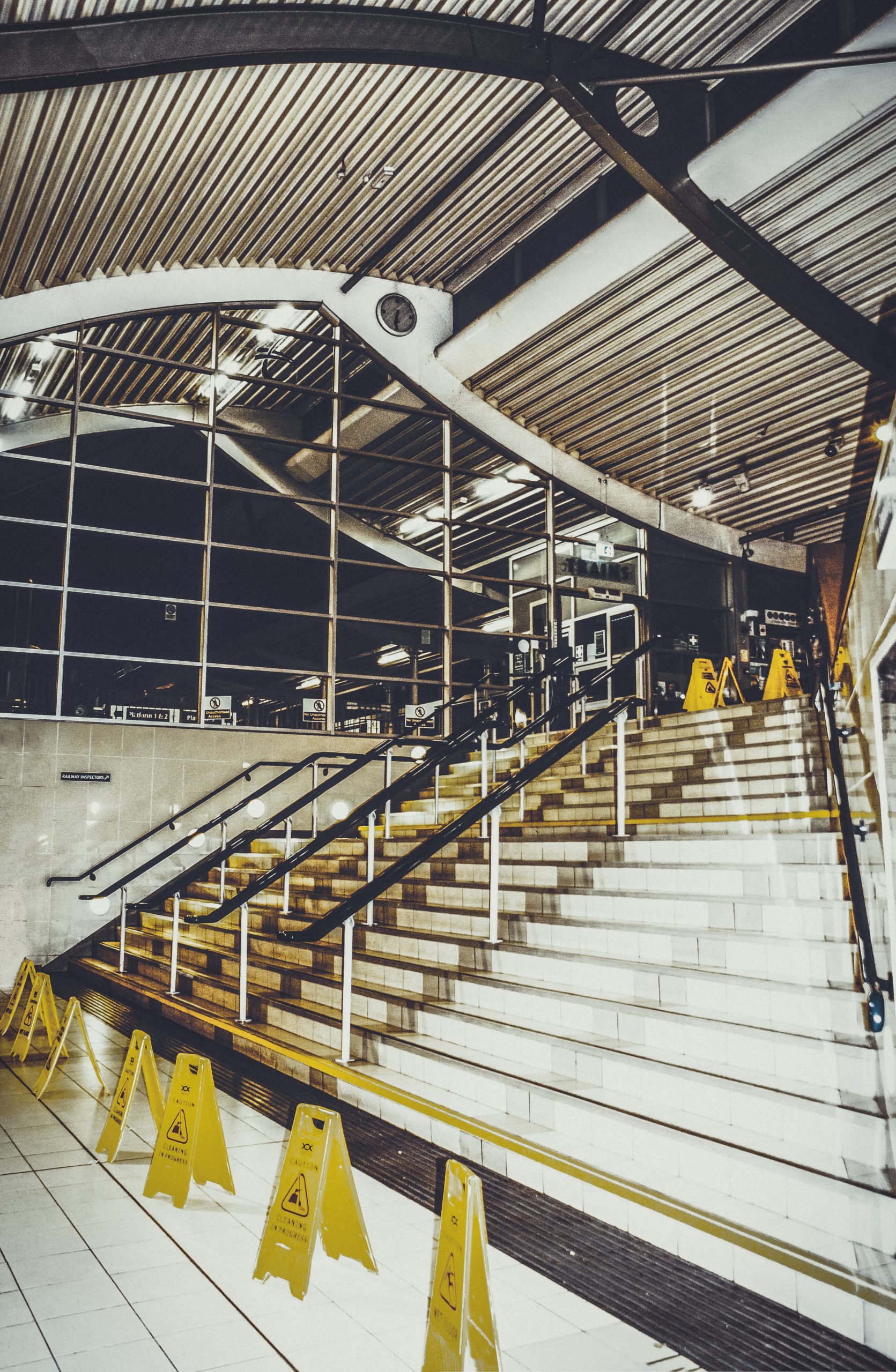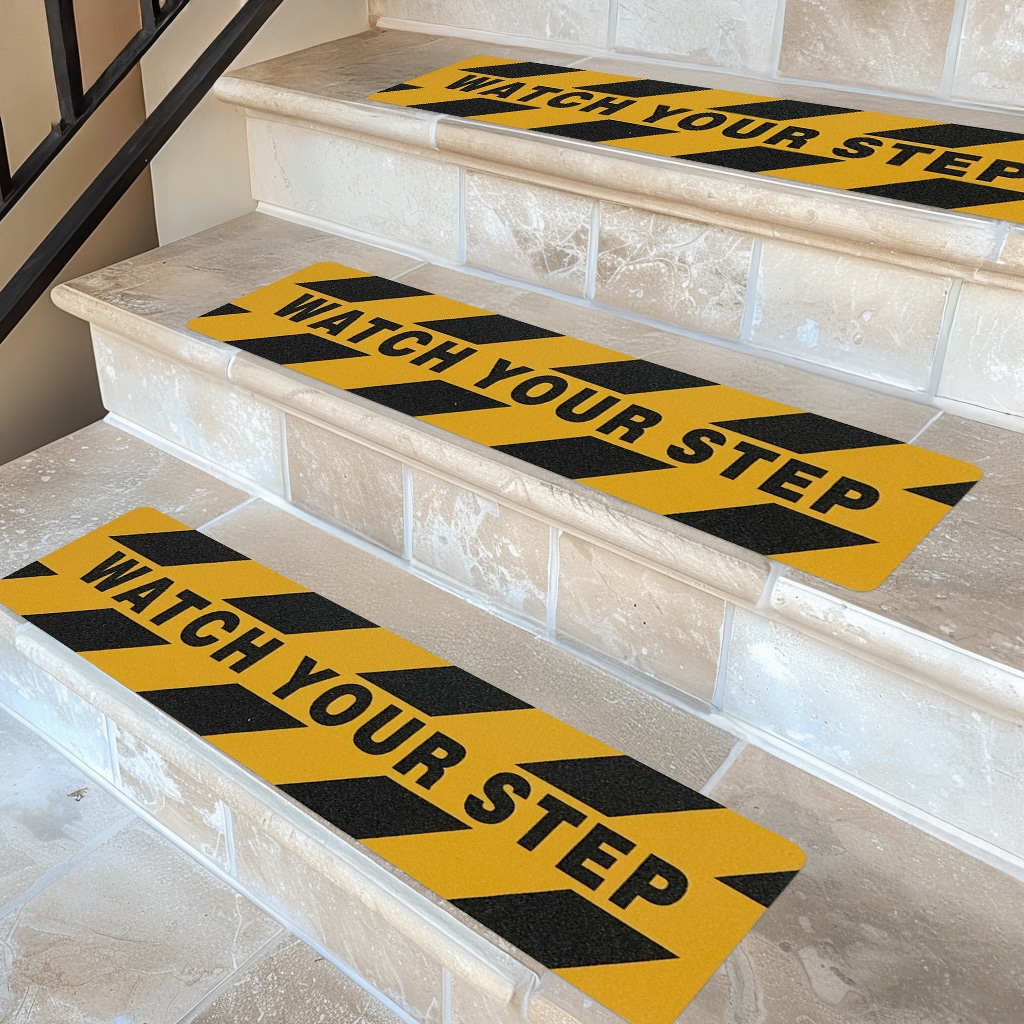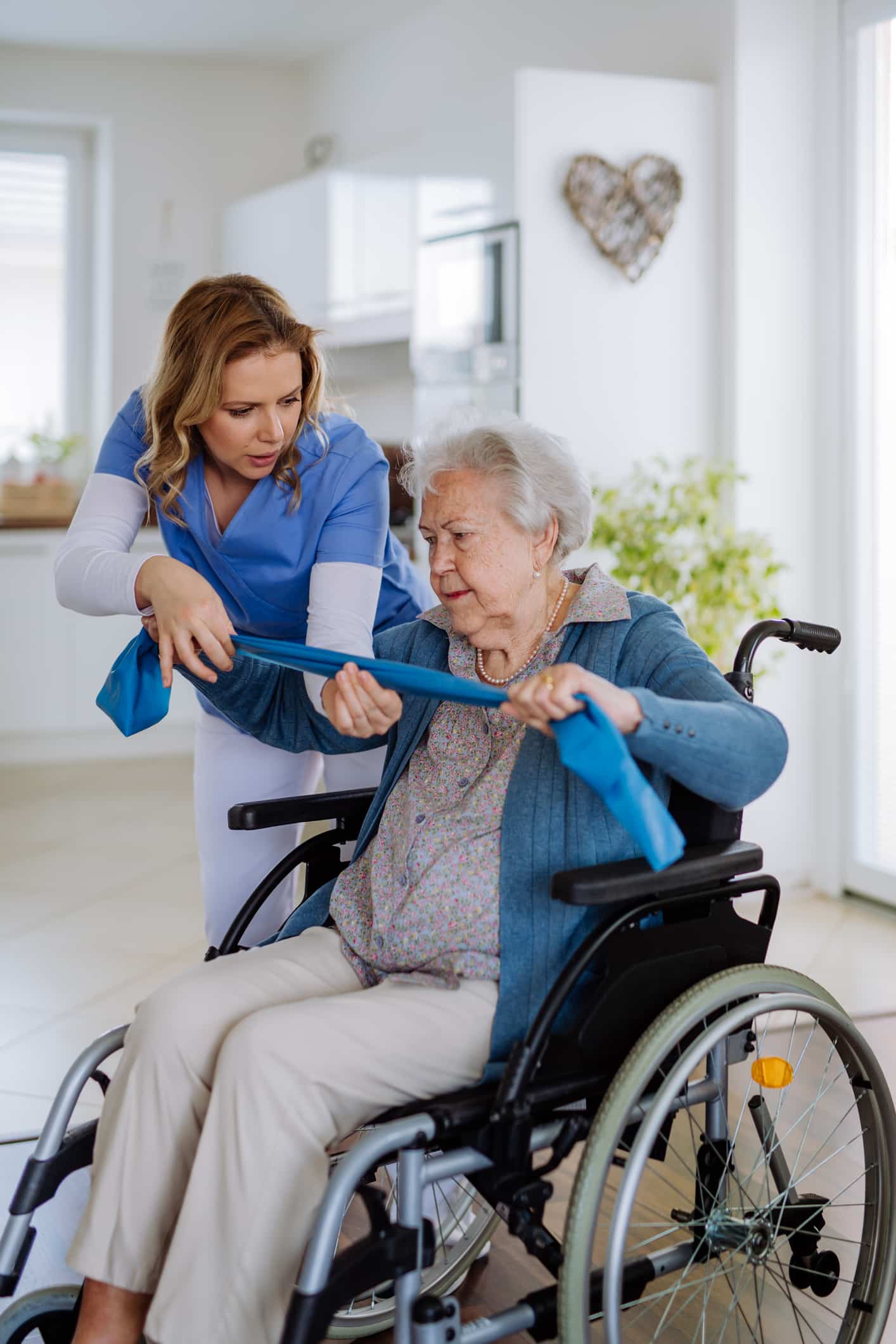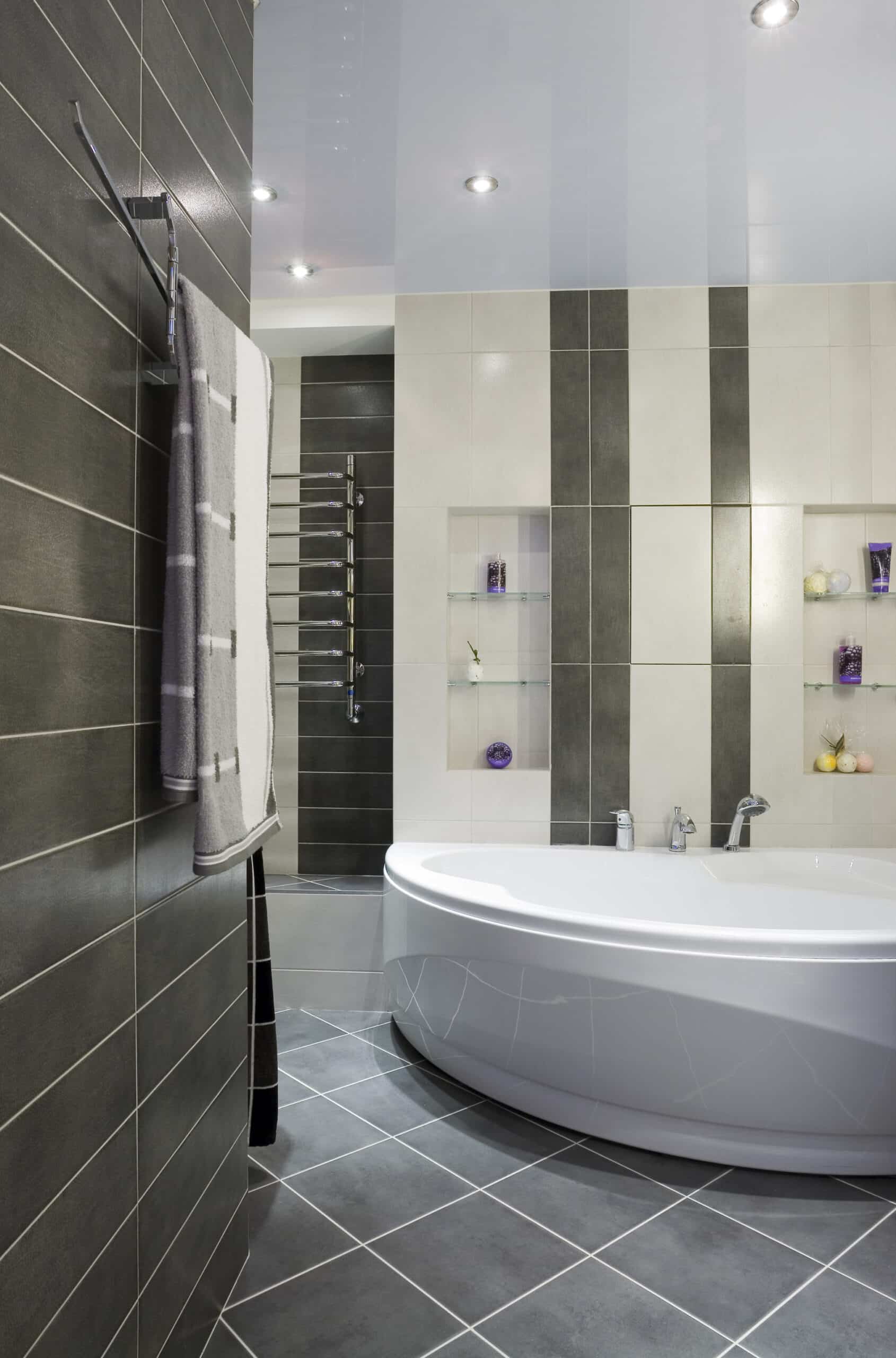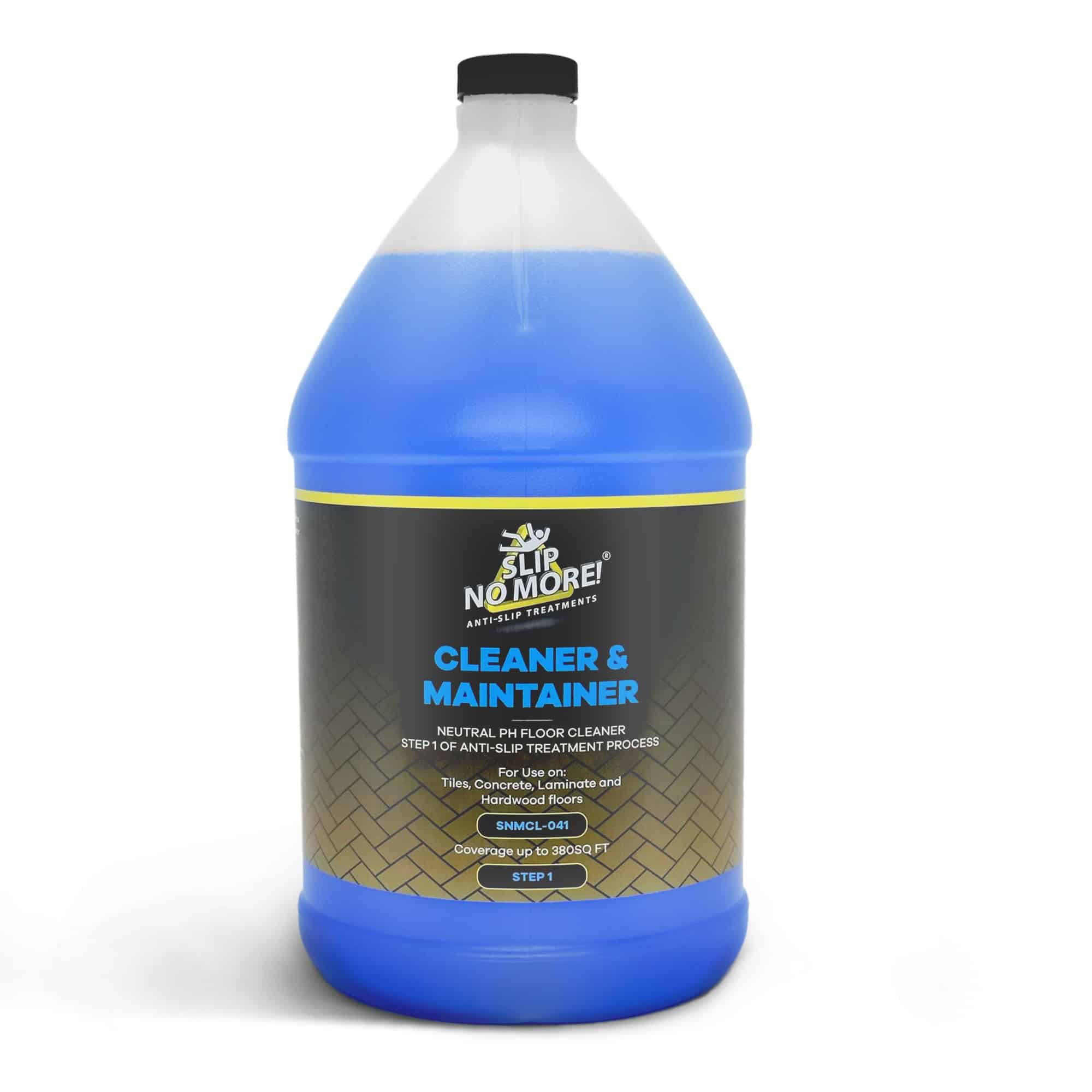How much attention do we give to Slippery Stairs and ramps?
Far too often, we look at Slippery Stairs and ramps and don’t notice what hazards are involved in using those flights of stairs. We consider the stairs as a means to get from the top to the bottom or vice versa. Subconsciously, our brains are trying to work out where the hazards are. Customers ask, who is responsible for making sure the stairs are safe to walk on? And which measures are supposed to be implemented to avoid anyone getting injured?
We often research and learn that the most frequently asked question in the U.S.A. is, “How do I make my stairs and ramps less slippery?” Second to that is “how to stop stairs from being slippery? And just because it’s the most frequent question, that doesn’t mean it’s answered every time. In fact, in most cases, the answer is either vague or unanswered. Almost every time, the question is not answered correctly or at all.
Our experience operating in more than 20 countries makes us know a bit about slippery floors. Over the years, we have helped customers from the residential, commercial, and industrial markets find a solution to their Slippery Stairs and ramps, and we would love to help you, too.
How to Evaluate Your Stairs
The first step to a foolproof evaluation of slippery floors is to understand the purpose of the area. We know that the function of stairs is to get from one place to another. But what we mean is, is the staircase used for a residential, commercial, or industrial application? For example, on a staircase in a residential environment, the probability of people walking on the stairs barefoot is high. Your solution would be to choose a product that is suited to barefoot children. This product should have a skin-safe traction bead so that if a fall occurs, serious injury can happen.
In commercial and industrial environments, factors like high traffic and hours of use are critical in deciding on a Non-Slip product for slippery stairs. In some cases, the product that is applied works well initially. Perhaps it isn’t robust enough to handle loads of traffic or equipment, or tools get dragged over it. Unfortunately, the stairs are left with a failed product due to factors like budget, regular maintenance, or even the ability to close the area. No one knows about it until someone gets injured.
How to Evaluate Your Slippery Stairs & Ramps
Ramps and walkways are generally more dangerous than slippery stairs because of several factors. Although we think we are close to perfect, there are a few things our brains can’t do. The first is preempting a slip and fall by subconsciously looking at a wet floor and working out how slippery. The second is not being able to adjust our center of gravity quickly enough when walking on a surface with changing conditions such as an incline or decline. The most common example that we can provide is walking on an iced-up sidewalk. You know it’s wet and slippery, but you still give it a bash anyway.
The best-suited product for slippery walkways and ramps is a Non-Slip Coating painted directly to the surface. You can also use a fixture like our Non-Slip Stair Nosing glued or mounted directly to the floor.
Inclined or declined ramps and stairs, for that matter, should always have a side handrail, a Non-Slip Coating, and a warning sign to ensure that people have the best chance of making to the other side without getting injured. We urge property owners to start from the floor and work their way up. Coating is first, the handrail is second, and the warning side is third.
Conclusion
At Slip No More U.S.A., we don’t profess to know everything, but we have seen a lot. Because of over 15 years of practice and operating in more than 20 countries, we have the experience to develop the best-suited product for just about every environment. We have the right product for you regarding Anti-Slip Products for tiles and non-slip Coatings for floors, ramps, and stairs. Have a look at our YouTube channel for training videos and much, much more…
Why not follow our Facebook, Instagram, Twitter, or YouTube accounts for funny videos, informative posts, and general floor safety information? We also have loads of great reviews from our customers on Trustpilot. If you found this article helpful, take a look at our related articles:

